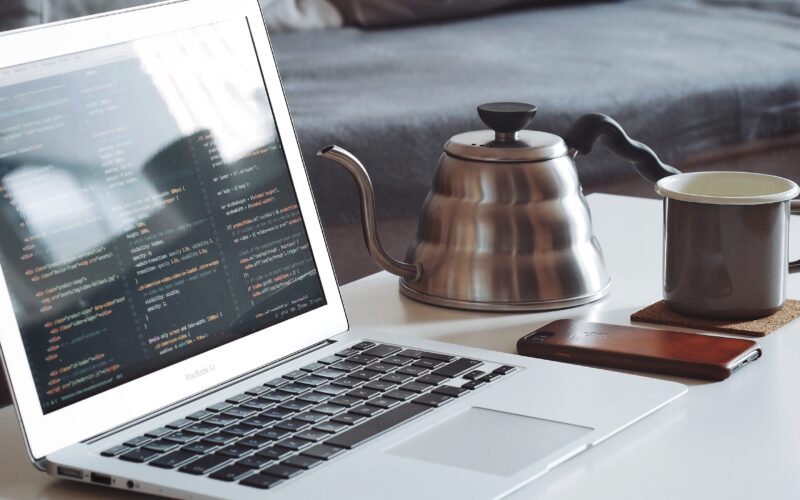In 2019, 1.7 million people in the UK reported that they worked from home, and that was before a global pandemic. Many people struggle with maintaining a work-life balance at the best of times, but throw in an economic crisis and uncertainty, it may seem almost impossible.
To try and help with this, we have listed three things below that will support you in keeping your personal and professional life separate, even when working from home.
Stick To Your Routine
It is really important when working from home to establish and adhere to a routine. Not being in an office means that you could lose the structure that environment provides for you, therefore you must create it yourself.
Get into a routine for your working day and stick to it. Crisantos Hajibrahim, Chief Product Officer at Prodoscore, notes that the assumption around working from home is a decrease in productivity. However, studies have shown that this is not the case, with 77% of remote workers stating an increase in productivity. One particular study also found that remote workers were ‘idle’ for approximately 10 minutes less each day, compared to employees who worked in the office.
Research also shows that 33% of remote workers assert that having set working hours, is the most effective method of maintaining productivity. That’s not to say that you can’t change up your working hours. Remote working allows for a certain amount of flexibility, so if you find you’re more productive early in the morning, start then. Or if you’re more productive in the evening, then start work later. Just make sure you follow your routine. Let’s say that you work from eight-thirty in the morning until six in the evening, here’s an example of a routine that you can adopt:
- 8:30am: To-do-list
- 11am: Coffee break
- 1pm: Lunch
- 6pm: Switch off computer
It’s important to take regular breaks, in the office this might be doing the tea run or popping over to someone else’s office for a quick chat about something instead of sending a quick email. Whilst working from home does increase efficiency, as emails are a lot quicker than physically engaging with someone, taking these regular breaks will actually lead to increased productivity and creativity.
Working uninterrupted for a portion of the day, let’s say between 4pm and 6pm, will help to alleviate the need to keep working past your normal hours because you perhaps feel you weren’t as productive as you should have been. Overworking yourself can often lead to feeling more stressed and cause a decrease in your mental health, so it is crucial that when your working day ends, you turn off your computer and step away from your workspace. Making plans for when your work day ends, for example; taking the dog for a walk or having a phone call with a friend, will also cement the idea that you need to stop working after normal office hours.
Communicate With Your Colleagues
Although this may seem slightly counter-productive to sustaining a work-life balance, having regular communication with your colleagues will reduce the feeling of isolation that working from home can generate. As a result in this reduction of isolation you will then feel less likely to work at irregular hours of the day and stick to the routine mentioned above.
In fact, the increasingly popular video calling app Zoom, reported over 300 daily participants in video conferencing, as opposed to only 10 million back in December 2019.
Scheduling in video calls with the team and seeing their faces will assist in promoting that sense of community and communication you would have in an office environment.
Evaluate Expectations
Even with advances in technology, it is essential now that most people are working from home to manage the expectations of yourself and your team. There’s only so much that can be achieved working from home, as well as in a pandemic, and in order to stop yourself from overworking and completely losing sight of that work-life balance, make sure that you set realistic expectations and goals that can be accomplished. Not only in the long-term but also in the day-to-day when you write your morning ‘to-do’ list as part of your routine.


